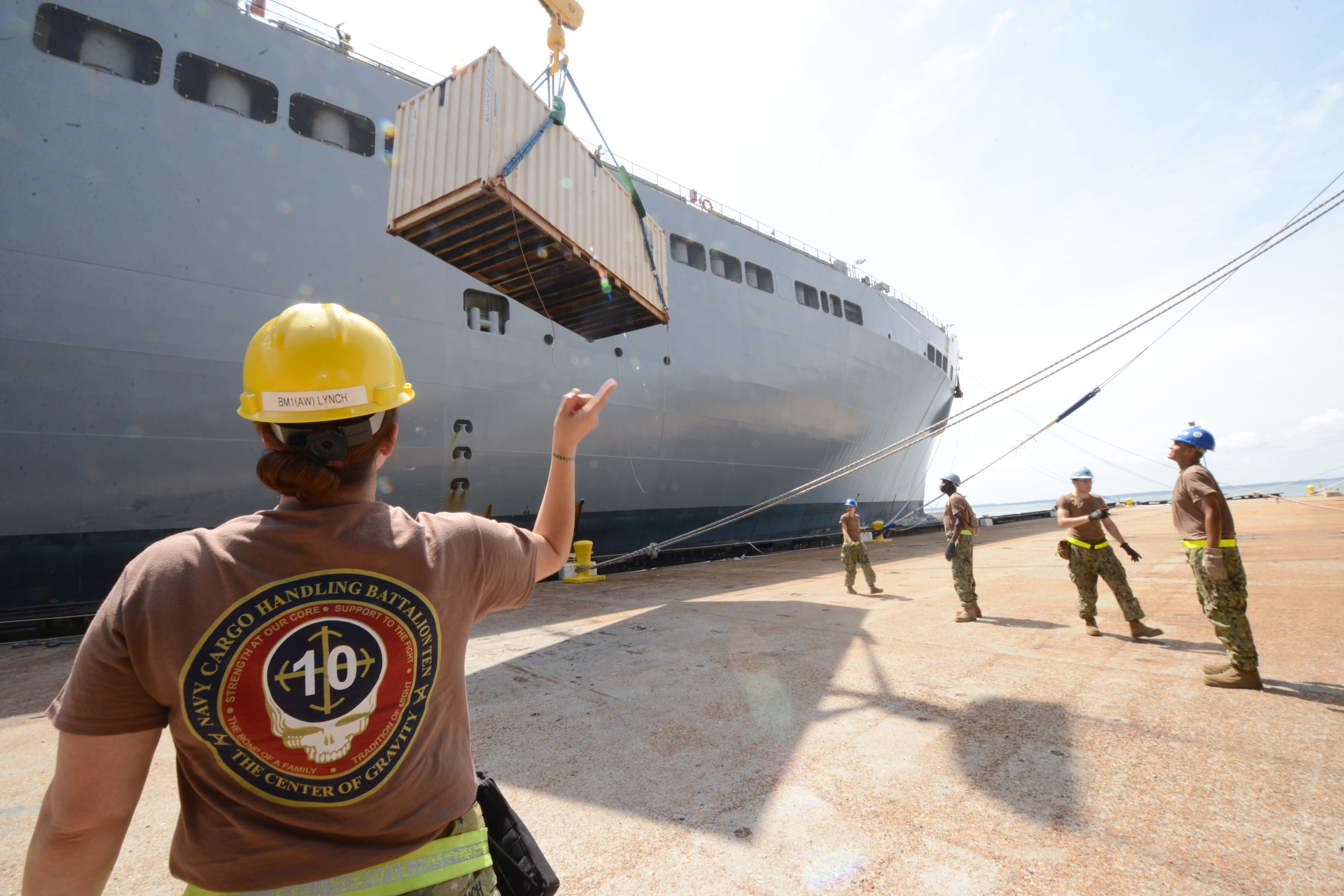Being a Navy Reservist means many things to many people, and is likely to evoke vivid mental images as to what it is we actually do. Such was the case one Friday afternoon when a work colleague asked me what I had planned for the weekend; "I have drill with the Navy," I said. My colleague stared off for a moment and then asked, "You mean like you'll march and play instruments?" I paused, and replied "well no, not exactly."
For Reservists, regardless of rate, designator or community, we all have stories like this. As we celebrate the Navy Reserve's Centennial anniversary this year, it is important to honor tradition, but we must also inform the public as to what reservists actually do.
My path to the reserves was traditional and completely unconventional — like most Reservists I have met. As a first generation American in the days after September 11, 2001, I felt an immense desire to serve my country. After researching various military programs I came across the Navy Direct Commission Officer program and, a wonderful Navy officer recruiter, Lieutenant Commander Lino Covarrubias.
Lino became a mentor and inspiration for me, and although I was not selected by the DCO board, he reminded me that if something in life is important enough to you, then setbacks are merely bumps in the road. After speaking to Lino, a surface warfare officer, I decided that a goal in my life was to join the U.S. Navy Reserve. The goal of becoming a Reservist, led me not only to re-apply to the DCO program, but to become the center of a successful counter-intelligence operation against Russian military intelligence as a double-agent (but that is another story). It took me 6 years to earn that commission, and being a Reservist is something that I will forever be proud of.

Reservists fulfill unique duties from serving as intelligence specialists to operators in the two reserve-component SEAL teams. Here, Boatswain's Mate 1st Class Kelly Lynch, a reservist from Portsmouth, Virginia, gives the lifting signal while loading the Military Sealift Command cargo ship Watson in June 2015.
Photo Credit: MCC Edward Kessler/Navy
I am extremely lucky to have had mentors like Lino, Juli Schmidt (my second recruiter) and other officers and chiefs, who took a fledgling ensign under their wing and showed him what to do with patience. This is perhaps the most rewarding part of being in the Reserves: the people. To that end, the best way to thank them is to pay it forward, and I am thrilled that I have been able to provide guidance to not just new officers, but also those applying to the DCO program. For somebody who had no extended family growing up, belonging has always been something I have searched for. As an American and, especially as a first generation American, for me serving is about proving loyalty to one's country — and I am grateful that the Navy Reserve has allowed me that opportunity.
Currently there are 110,049 sailors in the Ready Reserve and, as of mid-August, 2,741 reservists were mobilized for missions, fulfilling every individual augmentee deployment. The breadth of skills and backgrounds of these sailors includes the operators of Seal Team 17 and 18 to the nurses attached to Navy Operational Support Center Fort Dix, New Jersey.
Part of what I see as the cornerstone of the centennial celebration is this amazing cross-section of America that serves in the Reserves. By highlighting the service of these Reservists and their accomplishment we can rebut the myth held by some and famously proclaimed by "The Simpsons" that "The Naval Reserve [is] America's 17th line of defense, between the Mississippi National Guard, and the American League of Women Voters."
By showing what Reservists do, we can both educate and shape perception, while honoring the 100 years of proud service of the United States Navy Reserve.
Naveed Jamali, a lieutenant in the Navy Reserve, is the author of the memoir, "How to Catch a Russian Spy."





